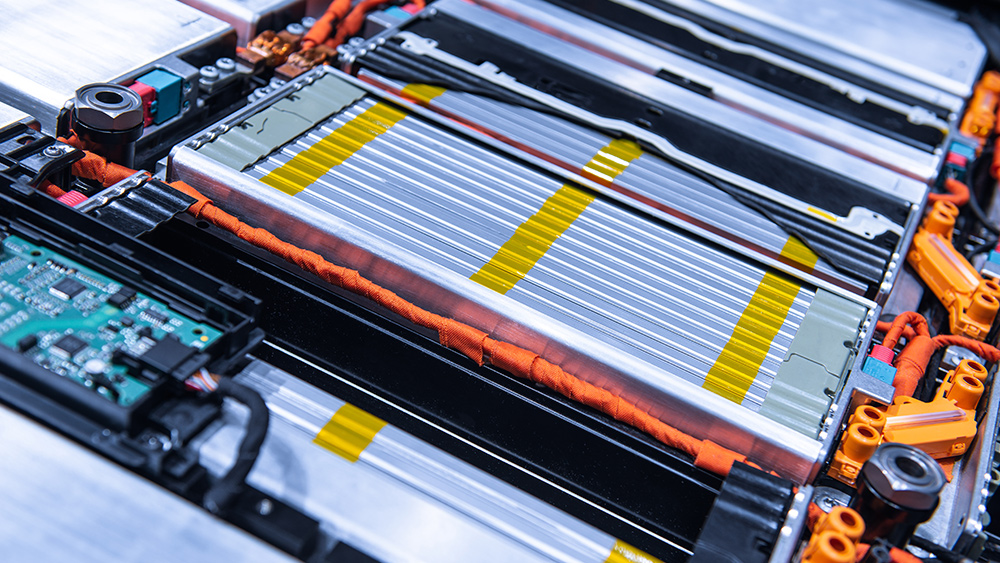
These crystalline materials cannot store more energy than their conventional predecessors. However, they do transport lithium ions at a much faster rate.
The University of Cambridge (UC) research team examined the physical shape and chemical activity of the crystals. They believe that niobium tungsten oxides can be used to make a battery that can be charged very quickly and safely.
Their findings could be used to help shrink the size and manufacturing cost of batteries. Cheaper, more compact, and faster-charging energy storage devices could speed up the adoption of electric vehicles and grid-scale energy storage systems for solar power.
"We're always looking for materials with high-rate battery performance, which would result in a much faster charge and could also deliver high power output," explained UC researcher Kent Griffith, the first author of the study. (Related: Revolutionary battery can self-assemble and charge your phone in SECONDS.)
A complex crystalline material could charge batteries faster
All batteries have a positive electrode, a negative electrode, and an electrolyte that connects them together. During the charging process, the positive electrode gives up lithium ions, which are transported through the crystalline lattice and electrolyte to its negative counterpart for storage.
Speeding up this transportation process increases the charging speed of the battery. The typical approach is to pick electrode materials with smaller, nano-scale particles. The distance between these particles is smaller, allowing lithium ions to move faster.
Griffith noted the difficulty of using nanoparticles as materials for electrolytes. Nanomaterials are much more expensive. They are also far more volatile. Their greater levels of chemical reactivity results in a shorter lifespan for the battery.
His fellow UC researcher Clare Grey explained that they looked for materials with micron-sized particles with shorter distances between each particle. Microparticles are bigger than nanoparticles, which makes them easier and cheaper to build. They are also easier to pack into dense concentrations.
Grey and Griffith's team selected niobium tungsten oxides due to the larger size of the particles and their open structure, which allows lithium ions to freely pass through them. They believe that the complex arrangement of their atoms are responsible for their speedy transportation of ions.
Niobium tungsten oxides are both safer and faster options for charging batteries
The UC researchers evaluated the speed at which the lithium ions moved through niobium tungsten oxides. They discovered that the oxides transported ions many times faster when compared to conventional electrode materials.
Graphite is the most common material used for the negative electrodes of lithium-ion batteries. It can store a lot of energy, but high-speed charging causes lithium ions to get trapped inside the graphite.
The lithium builds up and forms dendrites running throughout the electrode. These dendrites can cause short circuits, leading to electrical fires and potential explosions.
Niobium tungsten oxides are much safer than graphite because their crystalline structure does not trap lithium, thereby preventing the building of dendrites. Furthermore, they are easy to synthesize, allowing their production to be scaled up without the need to use new chemicals and solvents.
The main drawback to these oxides is their lower cell voltage, or the amount of energy they can store. However, their high charging rates mostly makes up for this. The low operating voltage also makes them safer to operate, so any future lithium-ion batteries with niobium tungsten oxide electrodes are less likely to explode.
If you are interested in new developments on battery charging technology, visit FutureScienceNews.com.
Sources include:
Please contact us for more information.























